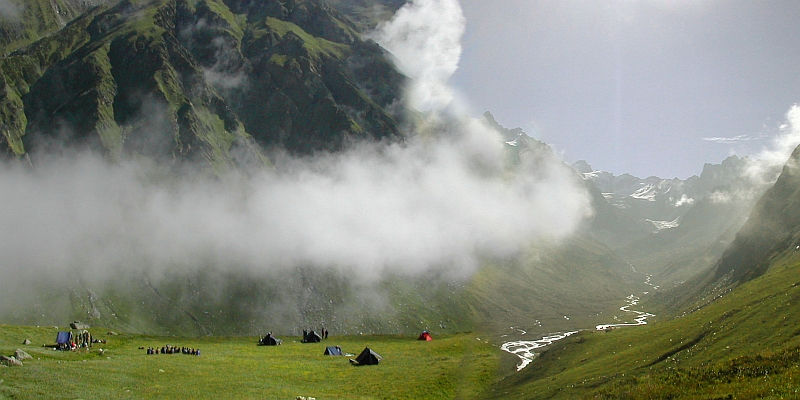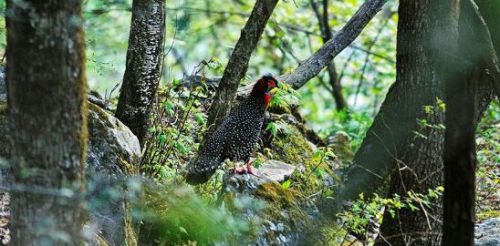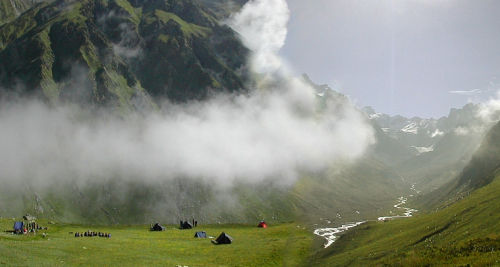
The 754.4-sq-km Great Himalayan National Park (GHNP) is set to be registered as a UNESCO heritage site as a team of experts is schedule to come to inspect the park before declaring it as its site officially.
The UNSECO team will be led by Dr Graeme L Worboys, vice-chairman of the World Congress on Protected Areas of the International Union of Conservation of Nature (IUCN).
They will inspect key locations before declaring it as a UNSESCO heritage site, the first in this category in the country. The GHNP is a biodiversity reservoir and home to 377 documented species of fauna.
A research team of the Wildlife Institute of India has identified 832 plant species belonging to 427 genera and 128 families of higher plants. Of those, 794 are angiosperms, 11 gymnosperms and 27 ferns. The species are distributed over 69 trees, 113 shrubs, 28 climbers, 493 herbs, 96 graminoides and 27 ferns.
The GHNP is home to the Himalayan musk deer, listed as nearly threatened, and the Himalayan tahr, a vulnerable species. The park has snow leopard, an endangered species, and the Himalayan black and brown bear. The western tragopan, a beautiful pheasant that figures in the IUCN’s red list of threatened birds, also thrives here.
The GHNP has natural barriers on all sides. It is contiguous to the 675-sq-km Pin Valley National Park, the 503-sq-km Rupi-Bhawa Wildlife Sanctuary and the 61-sq-km Kanawar Wildlife Sanctuary.
GHNP forests consist of extensive stands of oak, blue pine, silver fir, spruce and cedar. Broad-leaf forests have horse chestnut, rhododendron arboretum, birch, yew, ringal bamboo, juniper, berberis, cotoneaster, vibernum, rosa and a rich variety of shrubs and alpine flora.










